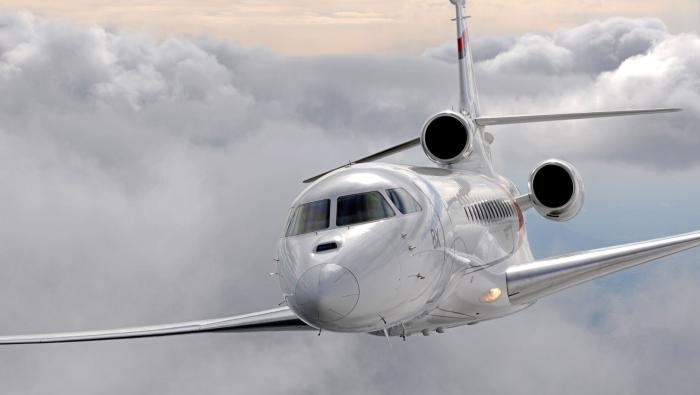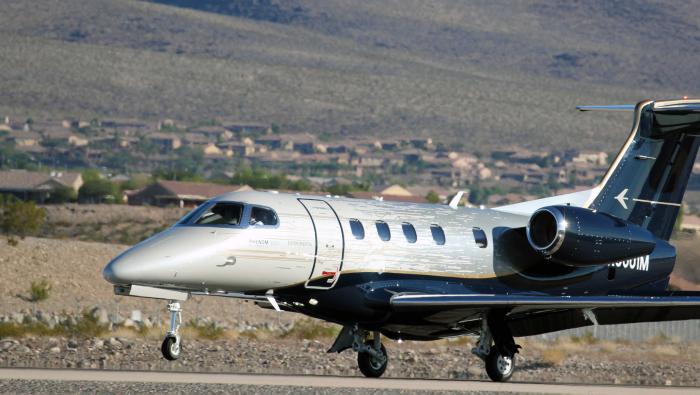Perhaps the most compelling aspect of the Bombardier C Series has less to do with technological ambitions and funding plans than with the sheer dog
Perhaps the most compelling aspect of the Bombardier C Series has less to do with technological ambitions and funding plans than with the sheer doggedness of the project’s backers. But the fact that Bombardier Aerospace has allowed multiple deadlines to lapse only to give the project reprieve after reprieve could say more about the state of the company’s commercial aircraft business than proponents’ belief in the concept. For the third time, a launch deadline has passed without a verdict from the board, leaving many debating whether to characterize Bombardier’s collective state of mind as one of determination or desperation.
Scheduled to end production of the 50-seat CRJ200 this month, Bombardier’s regional jet business has seen its salad days fade into twilight. No longer can it depend on sales of small regional jets to maintain competitive buoyancy. It has already conceded the entire 90- to 110-seat market to Embraer and it holds a tenuous share of the niche between 70 and 90. Hence, the fate of the C Series could well determine whether or not Bombardier maintains its status as a major player in the commercial airliner business.
Last scheduled to decide on the $2.1 billion project by the end of November, the Bombardier board evidently believes that a strong possibility exists a customer will surface in the coming months. The longer it must wait, however, the more money the project drains without a guarantee of some return–and the less likely it can finish the job within the window of market opportunity that still might exist for the airplane.
Bombardier Commercial Aircraft president Gary Scott told AIN that, contrary to popular belief, airline interest in the C Series has actually grown in recent months, but he conceded that timelines don’t favor Bombardier. Bombardier needs until the second half of 2010 to design, integrate, build and certify the airplane, largely due to the time needed for engine development. “There’s not much we can do to improve that significantly and we’re not going to compromise,” said Scott.
“What airlines say is that they’d like to have this airplane sooner than what we’re offering, which is not possible, but they also would like to make up their minds a bit later,” he added. “So our biggest challenge right now is really trying to reconcile those two views.”
Locking in Suppliers
Scott praised Pratt & Whitney Canada (P&WC) for its work on the proposed airplane’s all-new 21,000-pound-thrust engine, detailed information on which P&WC has declined to share. But because of the huge cost of developing a modern engine from scratch, P&WC cannot officially start the project until the board launches the C Series, and therefore can’t sign a firm contract with Bombardier, said Scott.
In fact, most of the would-be suppliers have yet to sign firm contracts. However, Scott said that now, as the program enters its joint definition phase, he expected more suppliers to sign definitive agreements, some before the official launch. Of course, any such contracts won’t amount to more than a paperwork exercise if the Bombardier board ultimately doesn’t find enough evidence of long-term demand, quite apart from any launch orders.
Bombardier Aerospace president Pierre Beaudoin has said that the board wants orders from at least two customers for between 50 and 100 airplanes before it issues the go-ahead. But Scott seemed more focused on the market landscape that lay beyond the first couple of orders. “[Those numbers] are typical for virtually any new airplane program, not just for us,” he said, “but obviously those are not locked in concrete; it all depends on who the customers are, et cetera. And more importantly it depends on the pipeline that you have right behind it. If I went forward with just launch customers with very little pipeline even though I had a significant launch number and a couple of quality customers, the board might be pretty skeptical.”
Until now, skepticism hasn’t dampened the company’s resolve to give the C Series every chance it deserves. But as Scott noted, Bombardier’s expenditures will continue to escalate if the company wants to protect the 2010 in-service date. So far, according to Beaudoin, it has already spent $70 million on the project, $20 million in the third quarter alone. Eventually, Bombardier’s patience could well turn from virtue to folly.
However, according to Scott, potential C Series customers would prefer to wait until they come to some clearer conclusions about how they want their fleets to look in the second half of 2010.
Generally, airlines’ fleet plans extend roughly four years. Unfortunately for Bombardier, its relatively shallow pool of R&D resources will not allow it to wait another year to make a decision. The Canadian and Quebec governments have pledged development support, but until Bombardier can make a case for launch, the money it spends now must come from its own coffers.
“Obviously [the board] doesn’t want to keep spending more money,” said Scott. “Secondly… we have to let the market speak. Right now, there is very strong interest and it continues to grow, but at the same time we need to get some commitments or we cannot continue.”
Range @ Max. Pax
C110 STD (110 passengers) 1,800 nm 3,335 km
C110 ER (110 passengers) 3,000 nm 5,560 km
C130 STD (130 passengers) 1,800 nm 3,335 km
C130 ER (130 passengers) 3,000 nm 5,560 km
Speed Mach knots mph km/h
Max cruise speed 0.82 470 541 870
Normal cruise speed 0.78 447 514 828
Runway Performance
C110 STD takeoff field length 4,200 ft 1,280 m
C110 ER takeoff field length 5,200 ft 1,585 m
C130 STD takeoff field length 5,100 ft 1,554 m
C130 ER takeoff field length 6,400 ft 1,951 m
Ceiling
Maximum operating altitude 41,000 ft 12,496 m
Aircraft Weights C110 STD C110 ER C130 STD C130 ER
Mtow (lb) 120,600 133,200 131,800 146,000
Mtow (kg) 54,704 60,420 59,784 66,226
Max landing weight (lb) 111,000 115,000 121,000 125,000
Max landing weight (kg) 50,350 52,164 54,886 56,700
Payload (lb) 30,800 30,800 36,500 36,500
Payload (kg) 14,000 14,000 16,590 16,590







